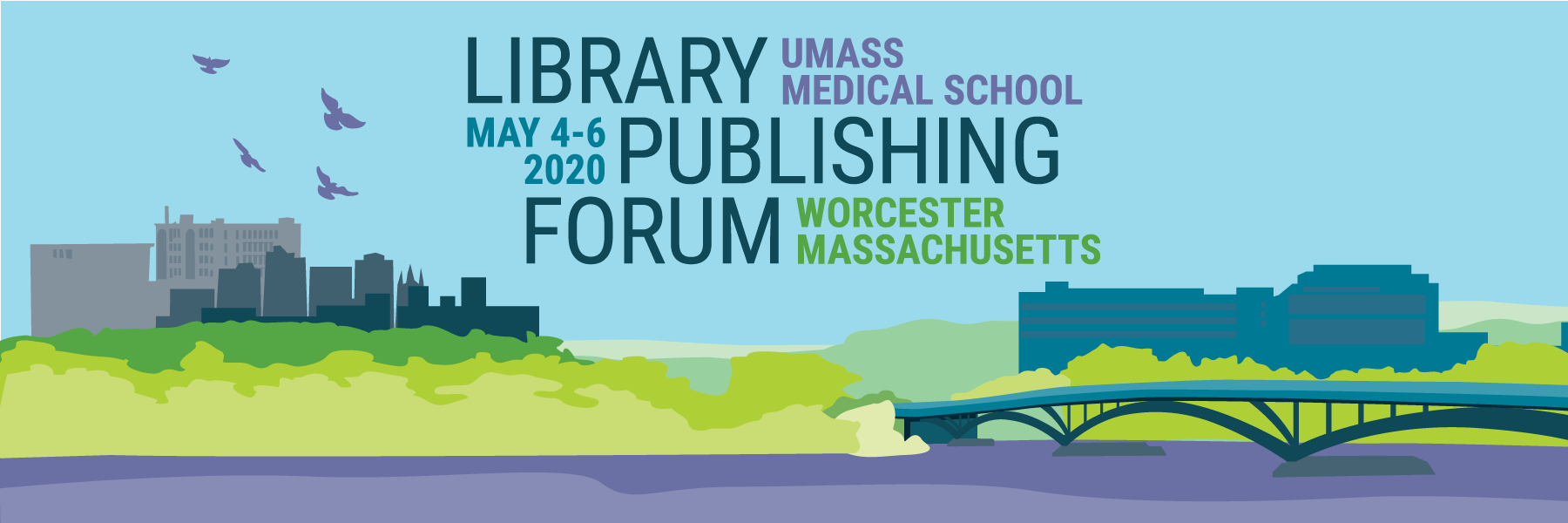Day: Wednesday, May 6, 1:30 PM to 2:30 PM
Room: TBD
Discussion Leader: Robert Browder
Description: Let’s talk about editorial control and productive capacity in library publishing environments. Here are several observations to prime the conversation.
- Editorial control can be seen as a continuum. Authors or project owners exist at one end of the continuum and publishers exist at the other.
- Who holds editorial control determines how the productive capacity of library publishing departments is spent.
- The less editorial control publishing departments have, the more of their productive capacity is spent in supporting the authors and project owners who do have editorial control. Authors and project owners have more freedom to make choices about editorial and production processes.
- In the context of a publishing department that does not have editorial control, productive capacity is initiated through budget and staffing, but determined by the authors and project owners the department chooses to support. The productive capacity of such departments is subject to the skills and experience that project owners bring with them to collaborations. Thus, partners must be chosen carefully.
- The more editorial control publishing departments have, the more they are able to standardize their production processes, thereby creating the ability to publish higher volumes of scholarship.
- In the context of a publishing department that does have editorial control, productive capacity is initiated through budget and staffing, but maintained through carefully chosen workflows and a commitment to strictly adhere to those workflows.
- When publishers hold editorial control and enforce a systematic process, opportunities for creativity and experimentation in the publication process are diminished for authors/project owners while the ability to publish higher volumes of scholarship is increased.
